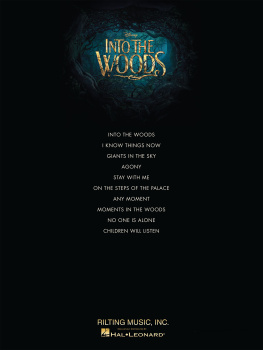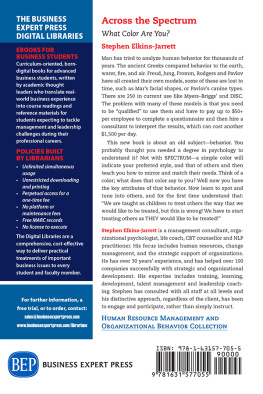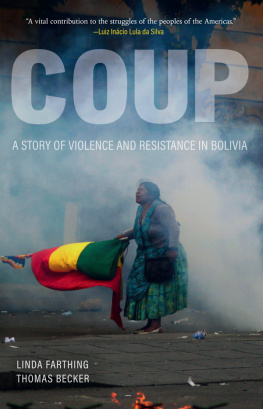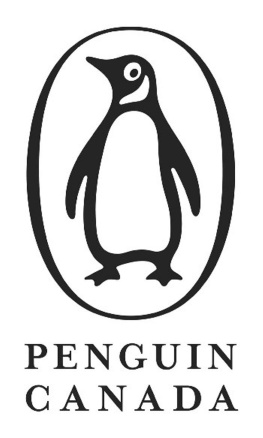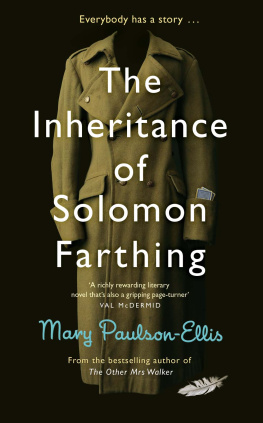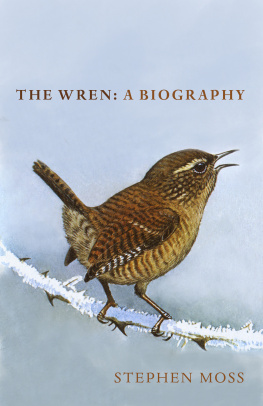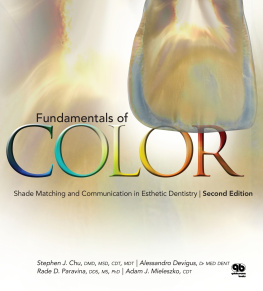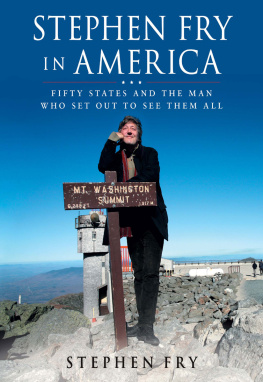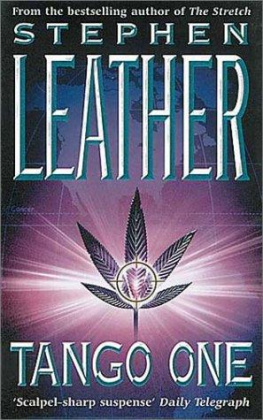Farthing Stephen - On Color
Here you can read online Farthing Stephen - On Color full text of the book (entire story) in english for free. Download pdf and epub, get meaning, cover and reviews about this ebook. City: London;New Haven, year: 2018, publisher: Yale University Press, genre: Religion. Description of the work, (preface) as well as reviews are available. Best literature library LitArk.com created for fans of good reading and offers a wide selection of genres:
Romance novel
Science fiction
Adventure
Detective
Science
History
Home and family
Prose
Art
Politics
Computer
Non-fiction
Religion
Business
Children
Humor
Choose a favorite category and find really read worthwhile books. Enjoy immersion in the world of imagination, feel the emotions of the characters or learn something new for yourself, make an fascinating discovery.

- Book:On Color
- Author:
- Publisher:Yale University Press
- Genre:
- Year:2018
- City:London;New Haven
- Rating:4 / 5
- Favourites:Add to favourites
- Your mark:
- 80
- 1
- 2
- 3
- 4
- 5
On Color: summary, description and annotation
We offer to read an annotation, description, summary or preface (depends on what the author of the book "On Color" wrote himself). If you haven't found the necessary information about the book — write in the comments, we will try to find it.
On Color — read online for free the complete book (whole text) full work
Below is the text of the book, divided by pages. System saving the place of the last page read, allows you to conveniently read the book "On Color" online for free, without having to search again every time where you left off. Put a bookmark, and you can go to the page where you finished reading at any time.
Font size:
Interval:
Bookmark:
On C o l o r
DAVID SCOTT KASTAN
with Stephen Farthing

Published with assistance from the foundation established in
memory of Calvin Chapin of the Class of 1788, Yale College.
Copyright 2018 by David Scott Kastan and Stephen Farthing.
All rights reserved.
This book may not be reproduced, in whole or in part, including illustrations, in any form
(beyond that copying permitted by Sections 107 and 108 of the US Copyright Law and except
by reviewers for the public press), without written permission from the publishers.
Living with a Painting, by Denise Levertov, from Poems, 19681972, copyright 1972
by Denise Levertov. Reprinted by permission of New Directions Publishing Corp.
Reno Dakota, written by Stephin Merritt, published by Gay and Loud ( ASCAP ).
Lyric reprinted by permission of the author.
Another Birth, by Forough Farrokhazad, trans. Hamid Dabashi, in The Green Movement in Iran
(New Brunswick, NJ: Transaction, 2011), reprinted by permission of Hamid Dabashi.
Yale University Press books may be purchased in quantity for educational,
business, or promotional use. For information, please email
(US office) or (UK office).
Designed by Sonia L. Shannon
Set in Fournier by Tseng Information Systems, Inc.
Printed in China.
Library of Congress Control Number: 2017955138
ISBN 978-0-300-17187-7 (hardcover : alk. paper)
A catalogue record for this book is available from the British Library.
This paper meets the requirements of ANSI/NISO Z 39.48-1992 (Permanence of Paper).
10 9 8 7 6 5 4 3 2 1
For Pete Turner, 19342017.
Other photographers shot the world in color;
Pete shot great pictures of color itself.


COLOR IS A COLLABORATION a collaboration, as Paul Czanne said, of the mind and the world. So it seems only right that a book about color should itself be a collaboration (as all books in fact are). This one began in 2007, in a restaurant in Amagansett village on Long Island, when a mutual friend pulled us together, saying, You two should talk, then wandered off, leaving us to get on with it.
As it happened, he was right about our compatibility, and we were able not simply to talk but to start an ongoing conversation. During that first meeting, we quickly covered the usual introductory topics, then without too much effort found a large chunk of common ground, which has been the basis of our subsequent meetings, many emails, and a friendship.
It turned out that the writer had an interest in painting and the painter an interest in writing. When we parted company that first evening, neither of us imagined that this conversation would last over ten years and stretch over nearly that many countries.
It took us from the painters studio to the writers study, from Orhan Pamuks novel My Name Is Red to Derek Jarmans movie Blue, from a colormans shop in London to the paint-splattered floor of the Krasner-Pollack house in Springs, New York, from Josef Alberss Interaction of Color to George Stubbss Zebra. It took us from Amagansett to New Haven and to London, and then through Washington, DC, New York City, Amsterdam, Paris, Mexico City, and Rome. Very often the conversation was accompanied (aided?) by glasses of wine, whose wonderful colors were not the least of their pleasures and not the least of what was remarked upon.
The chapters usually started, or restarted, in a gallery or museum. We began in front of a set of dark drawings at the top of that ramp in the Van Gogh Museum in Amsterdam and ended up six hours later separated by a white tablecloth in a restaurant on the Herengracht. In other cities, the catalysts and the contrasts were different, but always there was the conversation, and always there were the colors.
The division of labor within our collaboration was clear-cut from the beginning. The project was ours, but we would elect Kastan for obvious reasons as the writer. Yet like all good collaborations, this one also had more than two people in the conversation. There were, of course, all the people who have written about color before us, each a part of the larger conversation and community of engagement that now we have joined. Endnotes will acknowledge some of our indebtedness, but we know well how much more we owe others and how little of our debt these notes have discharged. And there were the conversations that were more literal. We discussed the idea of the book and the ideas with everyone who would listen and shared drafts with anyone who was willing to read.
Fortunately there were many. Color is a topic that everyone has experience with and opinions about. The list of names here is almost certainly not complete, and the only thing that makes us feel a bit better about the inevitable omissions is our awareness of how utterly inadequate even this mention is for the remarkable generosity that has been shown us. Certainly the book would have been impossible to write without the intelligence and kindness of many people: Svetlana Alpers, John Baldessari, Jenny Balfour-Paul, Jennifer Banks, Amy Berkower, Rocky Bostick, Stephen Chambers, Keith Collins, Jonathan Crary, Hamid Dabashi, Jeff Dolven, Laura Jones Dooley, Robert Edelman, Rich Esposito and John Gage (for both of whom this thanks has sadly come too late), Jonathan Gilmore, Jackie Goldsby, Clay Greene, Marina Kastan Hays, Donald Hood, Kathryn James, Michael Keevak, Robin Kelsey, Lisa Kereszi, Byron Kim, Andrs Kisry, Doug Kuntz, Randy Lerner, James Mackay, Alison MacKeen, Claire McEachern, Amy Meyers, John Morrison, Robert OMeally, Caryll Phillips, John Rogers, Jim Shapiro, Bruce Smith, Caleb Smith, Donald Smith, Michael Taussig, Pete Turner, Michael Watkins, Michael Warner, Dan Weiss, John Williams, Christopher Wood, Julian Yates, Ruth Yeazell, Juan Jess Zaro, and Gbor . Zempln. Thats a long list, and it should be still longer. It is, nonetheless, an A to Z of deeply felt gratitude, however meagerly expressed.
Color has been the inspirational and inexhaustible subject of our ongoing conversation. Over the decade that it has lasted, our view of ourselves changed. Sometimes we were two professors with a shared interest in painting and literature engaged in a cross-disciplinary exploration of the relations between words and color; other times we were simply a writer and a painter sharing ideas and images as we each thought about the nature of color itself, which always, of course, always involved thinking about the nature of the world we live in. Color, it turns out, is something shared, and also something impossible to share, or maybe just impossible to know if or how it is shared. But color is also unavoidable and irresistibleand always worth the effort of trying to understand its many wonders.
On C o l o r
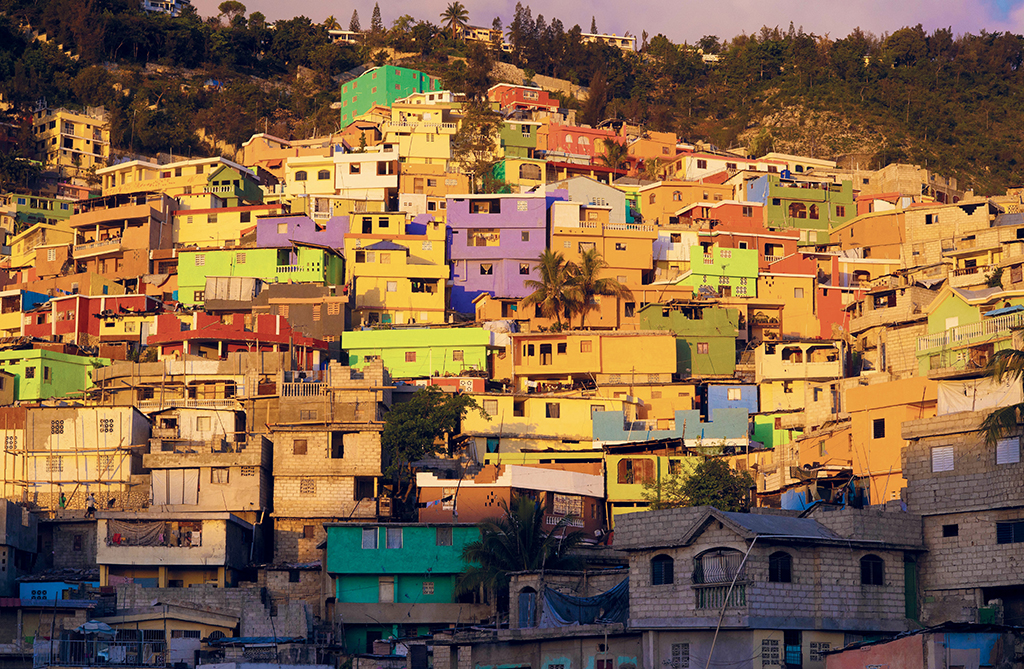
FIGURE 1 (overleaf): Doug Kuntz, The Instability of Color: Haiti after the Earthquake, January 2010
AN INTRODUCTION

Man needs color to live.
FERNAND LGER
OUR LIVES ARE SATURATED by color. The sky above us is blue (or gray or pink or purple or nearly black). The grass we walk on is green, though sometimes it is brown. Our skin has color, though not exactly the color we normally ascribe to it. Our hair has color, even if that color inevitably changes with timeand may change again with the skill of our hair colorist. Our clothes have color; our furniture and our houses, too. Our food has color; so do milk, coffee, and wine. Color is an unavoidable part of our experience of the world, not least as it differentiates and organizes the physical space in which we live, allowing us to navigate it.
Next pageFont size:
Interval:
Bookmark:
Similar books «On Color»
Look at similar books to On Color. We have selected literature similar in name and meaning in the hope of providing readers with more options to find new, interesting, not yet read works.
Discussion, reviews of the book On Color and just readers' own opinions. Leave your comments, write what you think about the work, its meaning or the main characters. Specify what exactly you liked and what you didn't like, and why you think so.

